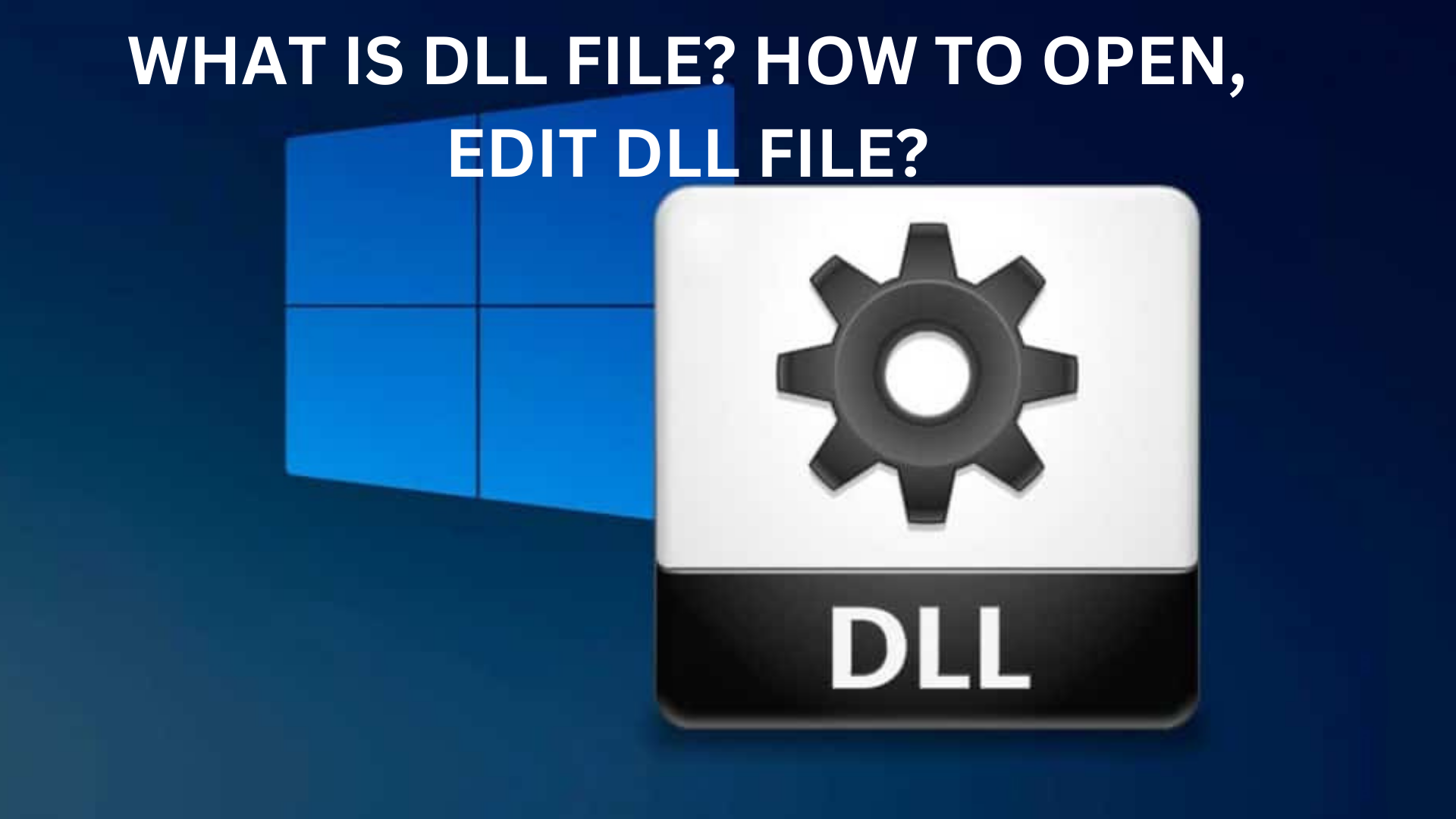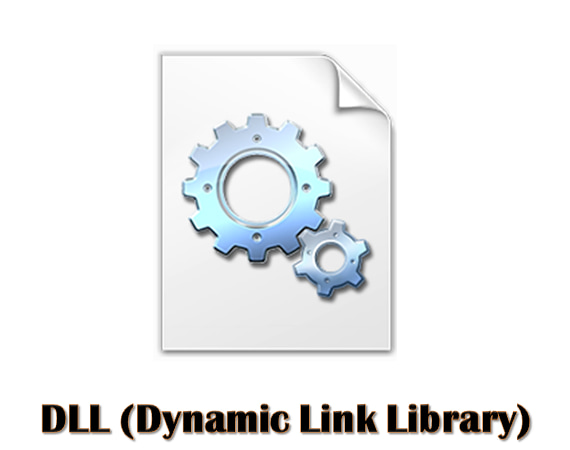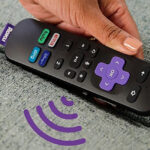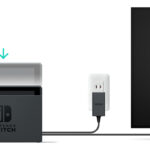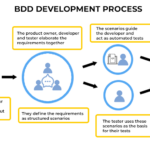DLL files also known as Dynamic Link Libraries are small files that contain code that is used by multiple programs on your computer. When a program needs code from a DLL file, it loads the file and then calls the specific function or variables that it needs. This allows programs to share code so that they don’t each have to include their own copies. DLL files are similar to EXE files, but they can’t be executed on their own. Instead, they must be called by another program.
The article will describe everything you need to know about your DLL file including various other issues that may occur while engaging in the program functions. Let us understand what exactly it is and how to deal with it.
What is a DLL File? A Detailed Overview
DLL is a file different from the usual files of your system. It entirely links with the Windows operating system and manages most of its tasks. The abbreviation of DLL is Dynamic linking library which dynamically handles the launching and running requirements of the applications.
A library is handy for small programs yet practical for large programs when the need arises. Not only that, they are functional for multifold applications at one time based on the service of a particular program or application.
.DLL file contains a particular code to attach to the programs. Sometimes these codes are not purposeful for any productive application due to their size or functionality. That’s how it helps resolve space issues. Meanwhile, you can witness the existence of these files in classes/variables/resources containing images/icons/files & particularly the user interface.
How to Open DLL Files?
These binary files are in your window system in a deep folder. Because they have to perform multiple basic and advanced level tasks, it will be better not to disorder them. They hold various groups of functions/device drivers activated with the support of an application. Disarray can cause damage to your system or other functions and the DLL file may stop responding entirely.
The file corruption will lead you to download and install them with messy methods. As a result, the file will become productive to malware and not be advanced carefully. Still, if you need to open, you need a specialized text editor like Notepad++ or HexEdit.
How to Read a DLL File?
.DLL Files are available to open, read, and edit with this software like “Microsoft Visual Studio” “And Microsoft Visual FoxPro 9.0”. “JetBrains dotPeek,” “Resource Hacker,” Redgate.NET Reflector.
Directions
- Open the window folder of your system ( C:\Windows\System32 path). Lead yourself to program files.
- Now, hit the System 32 folder in the window folder.
- Finally, you may find all the.DLL files saved on your device.
- Give a right click of the mouse to open the required file.
- Find the “Choose Default Program” Choice.
- Now, open the file with any option described above, like Microsoft Visual Studio or Resource hacker.
- You must take this step, “Browse,” only if your window doesn’t screen the opening software you want to use for your file. Follow the search result, click on it and open the DLL File.
How to Edit a DLL File?
After completing the opening and reading process successfully, you can edit the files to activate them about installed programs. Open the installation folder to switch editing. Check the steps.
- In the search field, find “File Explorer.” Click on the icon or press (Window logo +E) to open it.
- A pop-up window will open. Click on the “View” tab to check the “Toolbar.”.
- Check to mark the “Hidden item” box. The Show/Hide part will show this checkbox in the Toolbar. Mark the button to unhide the files and folders saved in the window system.
- Now, you may exit the window of File Explorer. But before that, you should copy and paste the necessary files to the desktop.
Read more: WINDOWS FIREWALL IS BLOCKING QUICKBOOKS: COMPREHENSIVE GUIDE TO RESOLVE
Ensure the Editing with Hex Editor
- First, download the Editor set-up file by following the link https://www.hhdsoftware.com/free-hex-editor. Open any browser active in your system and click on the result followed by the download link.
- Find the “free-hex-editor-neo” set-up file in the download section of the PC. Complete the installation to initiate editing. DLL File.
- Now, open the editor application and click on the “File” option added in the top left corner.
- A drop-down list will appear. Click on the “Open” option and go to the Open File” tab.
- The file location will appear on “File Explorer,” where you can choose the file to edit.
- The file will be opened in Hex Editor. Click on the “Edit Cell” option to edit the binary value or value removal.
- Press Ctrl+Shift+S to save all the changes you have made in your file.
Conclusion
The article has summarized everything about the question: What is a DLL file? The mismanagement of these files will make your computer corrupt and ineffective in running your applications. Again we would consider that if you have these files stored on your device, Don’t delete them or mess with them because it will be problematic to get the original versions of those files. On that note, we wind up our guide here to make you think more practically while using Dynamic linking files for application launchings.
Author Profile
Latest entries
Technology2023.04.20How To Connect Roku To TV? Easy Guide To Follow
Technology2023.04.20How to Connect Nintendo Switch to TV? (With and Without Dock)
Technology2023.04.205 Best Barndominium Design Software (DIY & Professional)
Technology2023.04.20What Is The Relation Between Behavior-Driven Development And Agile Methodology?
